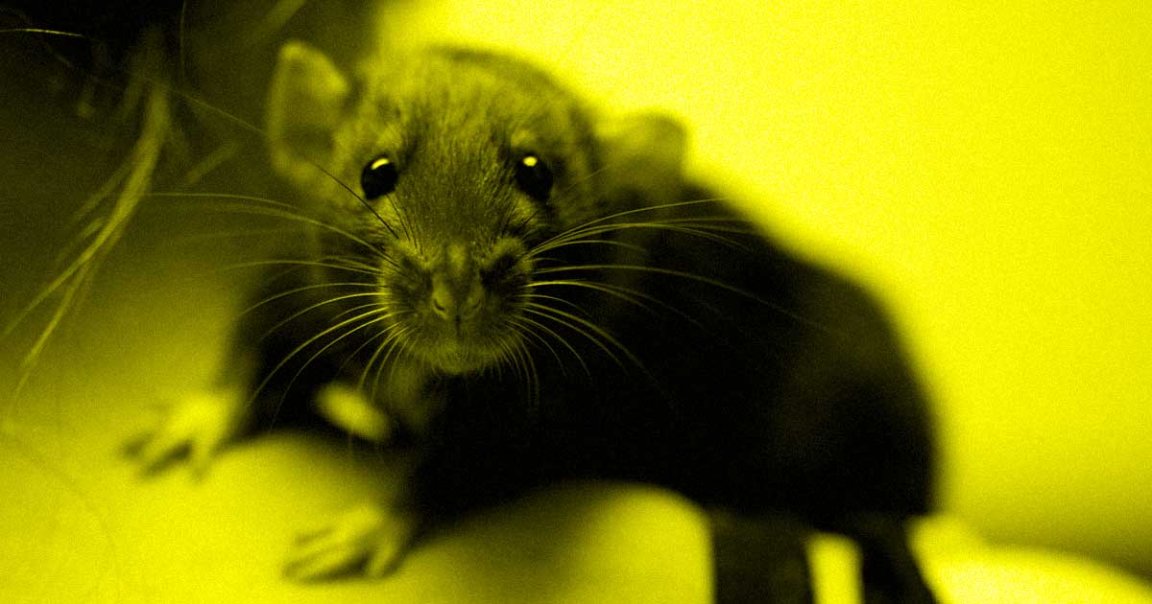
Sickly or Super?
Efforts to control urban rat populations rarely — if ever — result in the complete eradication of the pests. Most of the time, the goal is to simply reduce rodent numbers enough to minimize the spread of disease or damage to property.
But according to Jonathan Richardson, an assistant professor of biology at the University of Richmond, letting some rats slip through the cracks can cause a local population to swiftly evolve, leading to either of two long-term outcomes: sickly rats or “super” ones.
Rodent Survivors
In June, the journal Frontiers in Ecology and Evolution published a study in which Richardson and his colleagues analyzed the genes of rats in Salvador, Brazil, before and after the city launched a 2015 eradication campaign that ultimately cut the population in half.
They found that the campaign eliminated 90 percent of the genetic variation in the rats, meaning the rats that remained were far more alike genetically than the population as a whole prior to the campaign.
Fork in the Road
In a newly published Conversation post, Richardson explained how that could impact the future rat population in two distinct ways.
On the one hand, because the rats lack genetic variance, they could produce offspring that are more sickly, the same way inbreeding in people can cause health problems.
But on the other, if the rats who survived the campaign did so because they were the “fittest,” they could pass along whatever made them fit to future generations — leading to a population of “super rats” that are even harder to kill.
READ MORE: Super rats or sickly rodents? Our war against urban rats could be leading to swift evolutionary changes [The Conversation]
More on rats: Scientists Taught Rats How to Drive Tiny Cars